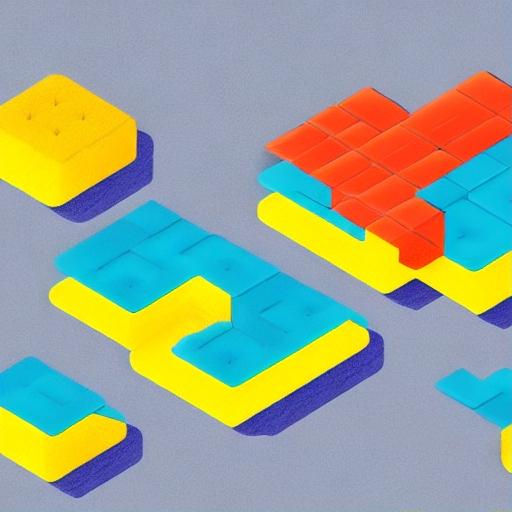
When it comes to optimizing your website for search engine visibility, one of the key factors to consider is keyword density and placement. Keyword density refers to the number of times a specific keyword appears in your content, while keyword placement focuses on where those keywords are positioned.

Having the right keyword density and placement is crucial for improving your SEO ranking and attracting organic traffic to your site. Here are some tips to help you optimize your content effectively:
1. Research and identify relevant keywords: Before you can effectively use keywords in your content, you need to conduct thorough keyword research. Identify the keywords that are relevant to your business, products, or services, and are frequently used by your target audience in search queries. Tools like Google Keyword Planner or SEMrush can assist you in finding the most appropriate and high-ranking keywords for your niche.
2. Maintain a natural flow: While it is important to incorporate keywords strategically in your content, it is equally vital to maintain a natural flow of your writing. Avoid stuffing your content with keywords as it can make your content sound unnatural and decrease readability. Instead, focus on creating valuable and informative content that engages your readers while naturally including relevant keywords.
3. Optimize your title and headings: The title and headings of your content carry significant weight for search engines. Include your primary keyword in the title and headings to make it clear to search engine crawlers what your content is about. However, focus on making them catchy and compelling, as your title and headings serve as the first impression for users too.
4. Spread your keywords throughout the content: It is essential to distribute your keywords evenly throughout your content. This means using your primary keyword in the introduction, body paragraphs, and conclusion. Additionally, try to incorporate variations and synonyms of your primary keyword to make your content more comprehensive and relevant.
5. Pay attention to meta descriptions and alt tags: Meta descriptions and alt tags are HTML tags that provide a brief summary of your webpage’s content and describe images, respectively. They play a crucial role in optimizing your website for search engines. Include your primary keyword in meta descriptions and alt tags to enhance your visibility and attract search engine users.
6. Utilize internal and external linking: Incorporate internal and external links in your content to provide additional value to your readers and improve your SEO ranking. Internal links help search engines understand the structure of your website and navigate through relevant pages. External links to reputable and authoritative sources enhance the credibility of your content and indicate to search engines that your content is valuable.
By following these tips, you can effectively optimize your content with the right keyword density and placement, boosting your website’s SEO ranking and attracting more organic traffic.







